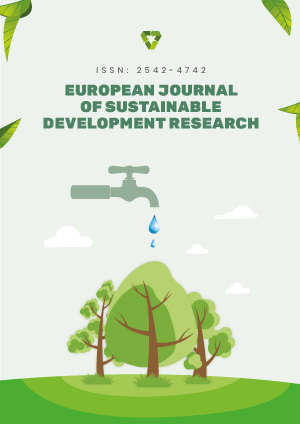Abstract
This study critically analyzes the current state of gender equality in Turkiye with a specific focus on its intersection with educational outcomes. Utilizing secondary data from the Turkish Statistical Institute (TUIK) and the Ministry of National Education (MoNE), the research examines key indicators aligned with Sustainable Development Goal 5. The findings reveal that, despite progress in girls’ enrollment and literacy, women’s labor force participation remains low (36%), political representation is limited (17.3% in parliament), and ownership of agricultural land by women stands at only 13.2%. The study also highlights persistent gender stereotypes in both domestic and professional domains, reinforced by cultural norms and unequal access to digital technologies. Building on these findings, the study introduces a novel, school-based framework composed of nine strategic actions aimed at reshaping societal perceptions and promoting gender-responsive learning environments. The proposed framework emphasizes the transformative role of education in addressing structural inequalities and offers a practical roadmap for institutional reform within schools. The research fills a critical gap in the literature by providing actionable strategies for integrating gender equity into educational policy and practice in Turkiye.
License
This is an open access article distributed under the Creative Commons Attribution License which permits unrestricted use, distribution, and reproduction in any medium, provided the original work is properly cited.
Article Type: Research Article
EUR J SUSTAIN DEV RES, Volume 9, Issue 4, 2025, Article No: em0318
https://doi.org/10.29333/ejosdr/16578
Publication date: 01 Oct 2025
Online publication date: 07 Jul 2025
Article Views: 2009
Article Downloads: 3005
Open Access References How to cite this article
 Full Text (PDF)
Full Text (PDF)